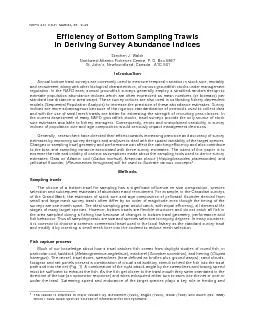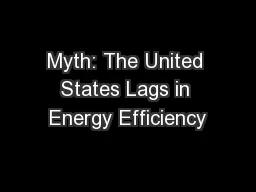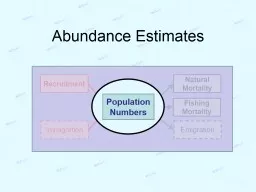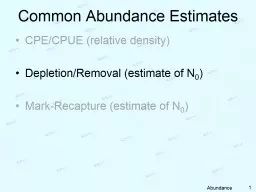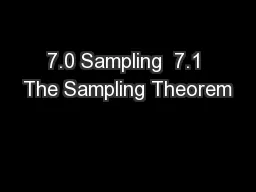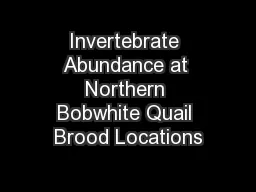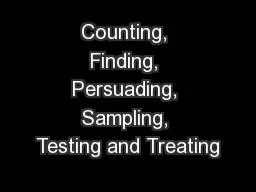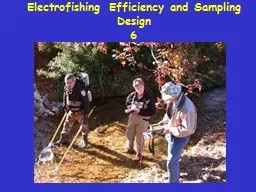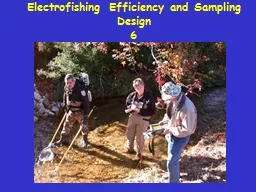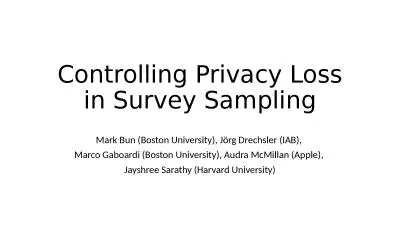PDF-Efficiency of Bottom Sampling Trawlsin Deriving Survey Abundance Indic
Author : stefany-barnette | Published Date : 2015-11-19
The reader is directed to major reviews by Gunderson 1993 Eng
Presentation Embed Code
Download Presentation
Download Presentation The PPT/PDF document "Efficiency of Bottom Sampling Trawlsin D..." is the property of its rightful owner. Permission is granted to download and print the materials on this website for personal, non-commercial use only, and to display it on your personal computer provided you do not modify the materials and that you retain all copyright notices contained in the materials. By downloading content from our website, you accept the terms of this agreement.
Efficiency of Bottom Sampling Trawlsin Deriving Survey Abundance Indic: Transcript
Download Rules Of Document
"Efficiency of Bottom Sampling Trawlsin Deriving Survey Abundance Indic"The content belongs to its owner. You may download and print it for personal use, without modification, and keep all copyright notices. By downloading, you agree to these terms.
Related Documents

